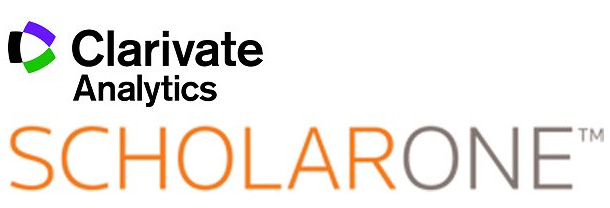Suicide Curative Treatment Study and Drug Development
DOI:
https://doi.org/10.22377/ijpscr.v3i02.164Abstract
Aims: Suicide is still a biologically mystery event that leads to a great number of human mortality globally. However, human suicide cases and mortality have not been declining over the past century despite the flourishing of biomedical and technical progression. There is no existing therapeutic architecture that can greatly convert suicide ideation and mortality worldwide. A multidisciplinary system is proposed to improve suicide diagnostic and therapeutic studies. Methods: Influenced by a great diversity and complex risk factors, clinical suicide prevention and management were poorly provided. Correspondingly, the integration of neurobiological and psychoanalysis concepts (multiple diagnostic parameters) may impact clinical suicide management and biomedical progress. Results: Neuropsychiatric evidence suggests that the new landscape of suicide study (biological exploitation) may have great potential in the future. Overlapping symptomatic and molecular biology data among different suicide patients may form a tangible bioscience concept in the clinic. Today, drug treatment against human suicide is commonly chemical agents that need drug utility life-long. Thus, other types of central nerve systems drugs (mainly biotherapy) may assist current ones for curability treatment. By this new integration, a faster pace of clinical diagnostic and treatment study will dawn. Discussion: Nonetheless, understanding the complex nature of human suicide is no easy task. A great deal of clinical neurobiological evidence and multidisciplinary diagnosis may create new hope for clinical paradigms against human suicide. After the promotion of biotherapy, a variety of new therapeutics, such as curative treatments for suicide may emerge and wide clinical application can be achieved. Conclusion: By multidisciplinary diagnosis and drug development, the next generation of clinical suicide prediction, pharmacology, and therapeutics can be constructed for the purpose of safety and curability for refractory suicide.
Downloads
Downloads
Published
How to Cite
Issue
Section
License
Copyright (c) 2024 B R Nahata Smriti Sansthan International Journal of Phramaceutical Sciences & Clinical Research

This work is licensed under a Creative Commons Attribution-NonCommercial 4.0 International License.
This is an Open Access article distributed under the terms of the Attribution-Noncommercial 4.0 International License [CC BY-NC 4.0], which requires that reusers give credit to the creator. It allows reusers to distribute, remix, adapt, and build upon the material in any medium or format, for noncommercial purposes only.







